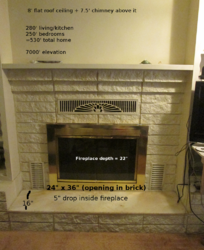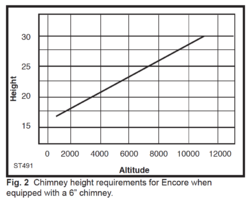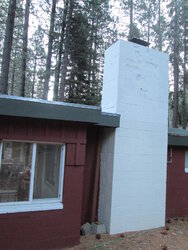I've got a small home at 7000 ft elevation, with frequent power outages. Thinking about putting a wood insert in my fireplace.
Does anyone know of any inserts that do well WITHOUT a blower? Given my goal of using this during power outages, I'm trying to find a model/design that's still effective without electricity.
(Yes, I wish I had space for a wood stove, but don't.)
Any thoughts on brands/models that might work?
Does anyone know of any inserts that do well WITHOUT a blower? Given my goal of using this during power outages, I'm trying to find a model/design that's still effective without electricity.
(Yes, I wish I had space for a wood stove, but don't.)
Any thoughts on brands/models that might work?




